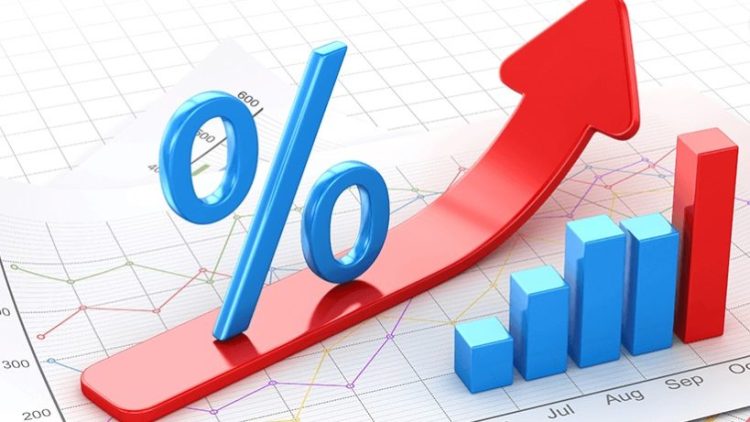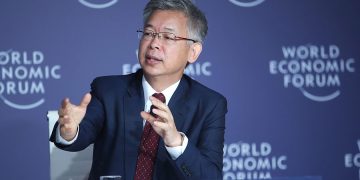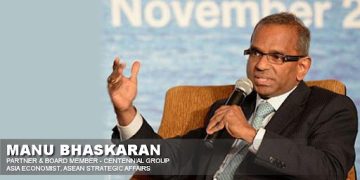The shifting tides of the global economy have sparked one of the most significant questions of our era: With the rapid acceleration of regional economic integration, is global globalization in retreat—or is it evolving into something more complex and sustainable? In this extended analysis, we explore why mega-regional blocs are thriving, how they differ from traditional globalization, and what this transformation means for trade, capital flows, supply chains, and economic geography.
1. What’s Driving Regionalism—and Why Now?
Supply Chain Resilience and National Security
Recent shocks—from the COVID-19 pandemic to the Russia‑Ukraine conflict and U.S.–China tensions—exposed the fragility of deeply globalized supply chains. Governments now demand resilience and security over efficiency alone, pushing firms and states to localize or regionalize production hubs to reduce exposure to single-country dependencies.
Strategic Hedging and Multipolar Trade
Countries see membership in multiple regional blocs as a strategy to diversify economic risk and political leverage. For example, Singapore participates simultaneously in ASEAN, CPTPP, and RCEP. This multi‑hub approach reflects a shift from dependency on a single superpower or trade bloc toward multi‑vector economic alignment.
Depth of Integration
Regional frameworks like the EU, USMCA, and RCEP provide deeper integration than traditional free-trade zones. They include not just tariff reduction, but shared investment rules, dispute settlement mechanisms, infrastructure connectivity, and harmonized regulatory regimes. This makes cross-border cooperation more frictionless and investment-ready.
2. Case Studies: Regional Blocs in Motion
RCEP: Asia-Pacific’s New Core
The Regional Comprehensive Economic Partnership (RCEP), including China, Japan, South Korea, Australia, ASEAN nations, and New Zealand, covers nearly a third of global GDP. It lowers tariffs, simplifies customs procedures, and strengthens trade rules. Although lacking the deepest investment or digital provisions, RCEP is rapidly becoming the default trade structure in the region and a more integrated alternative to fragmented bilateral deals.
EU Deepening Fiscal Union
Within the EU, economic integration continues to deepen—not outward shrink. The EU is forging fiscal coordination, digital euro infrastructure, common defense procurement, and green investment harmonization. Despite Brexit, EU markets remain more integrated internally than ever, shaping industrial policy, climate strategy, and capital flow frameworks.
AfCFTA: African Continental Ambition
The African Continental Free Trade Area (AfCFTA) aims to create the world’s largest free-trade zone by population. Although still in early stages, it is progressively enabling tariff reduction, cross-border labor mobility, and pan-African digital payments. When fully implemented, it may reshape trade patterns and challenge Europe’s economic footprint on the continent.
3. Globalization Recast, Not Reversed
Vertical vs. Horizontal Fragmentation
Globalization once favored vertically integrated global supply chains: design in the U.S., manufacturing in Asia, assembly across Latin America, sales in Europe. Regional integration promotes horizontal fragmentation, where manufacturing, design, and services increasingly cluster regionally—reducing dependencies while maintaining global connectivity.
Localizing Inputs While Expanding Markets
Firms are relocating critical stages of production domestically or regionally, but still exporting to global markets. For example, a U.S. auto manufacturer might source semiconductors regionally but still rely on global sales. Conversely, China diversifies production into Southeast Asia while maintaining international export networks.
Governance over Geography
Globalization isn’t just about free trade; it’s about governance infrastructure: IP protection, investor-state dispute settlement, digital interoperability, financial regulation. Regional blocs are constructing this blue‑chip governance layer at regional level, which fosters trust and investment—akin to global governance, but with local relevance.
4. Implications for Assets and Supply Chains
Critical Commodities and Services
Regional bloc building is leading to regionalization of critical goods and strategic industries—such as chips (EU Chips Act), battery manufacturing (US Inflation Reduction Act), digital platforms, and pharmaceutical supply chains. Governments underwrite investment in these sectors to reduce geo-economic shocks and ensure sovereignty.
Capital Flows and Portfolio Strategy
Investors are now evaluating regional currency blocs, bond markets, and equity indices independently of global indices. Portfolio strategies increasingly reflect regional risk premia, yield curves, and ESG standards, with capital allocation decisions aligned to bloc-specific fundamentals and regional diversification mandates.
Industrial Policy and Trade Realignment
Regional policy incentives—from tariffs and local content rules to energy subsidies—are reshaping comparative advantage. Corporations reevaluate footprint decisions not on global labor arbitrage alone but on integrated regional ecosystems that offer supply chain efficiency with policy stability.
5. Is Globalization Retreating—or Being Rebalanced?
Not a Reversal—but a Reconfiguration
The evidence suggests globalization is not vanishing—it is being recast through regional prism. Cross-border flows continue, but their structure is shifting toward regional corridors supported by deeper policy coordination and governance frameworks.
Complementary, Not Mutually Exclusive
Regional integration projects do not preclude global engagement. Many nations and firms inhabit both regional and global trade networks simultaneously. Regionalism acts as a stabilizer and a fulfillment of globalization’s promise—deep integration closer to home, coupled with outward global reach.
From Crisis-Driven Integration to Long-Term Evolution
While some regionalism has been reactive—prompted by disruption—it is fast becoming strategic and intentional. Industrial policy, digital sovereignty, and trade-infrastructure planning now target deeper internal integration, not temporary circumvention of global networks.

6. Risks and Headwinds Ahead
- Bloc competition may escalate: Diverging standards and strategic autarky risk fragmenting global trade if interoperability breaks down.
- Smaller countries could be marginalized if they cannot engage in multiple blocs simultaneously.
- Regulatory fragmentation—if data rules, ESG standards, investment regimes diverge too sharply—could drive costs and complexity.
- Geopolitical friction may still curtail cooperation across blocs, especially during high crises like war or sanctions regimes.
7. How Stakeholders Should Respond
Policymakers
- Prioritize interoperability—ensuring regional systems can still interact internationally.
- Build dual-purpose frameworks: strong regional coordination with global trade complementarities.
- Promote multilateralism within regionalism—use regional blocs to facilitate global norms, not as substitutes.
Businesses
- Reconfigure supply chains for regional efficiency and resilience—while retaining global market reach.
- Engage with policy proactively—understanding regional tariff rules, local content laws, ESG mandates.
- Design investment strategies layered by region and sector, balancing integration and diversification.
Investors
- View global diversification through a multi-block lens—allocating to regional indices, bonds, currencies.
- Use scenario modeling that includes bloc-specific shocks: trade diplacies, energy policy changes, inflation regimes, political cycles.
- Monitor block-level sentiment and liquidity dynamics, as these increasingly drive price-action within regionally segmented asset classes.
Conclusion: The Evolution of Global Economic Order
The rise of regional economic integration is not a signal that globalization is dying. Instead, it is evidence that globalization is evolving—from one-size-fits-all linking of production and markets to a multi-layered mosaic of regional integration hubs, strategically aligned yet connected globally.
In this evolving economic architecture, successful actors—countries, companies, and investors—will be those who understand the interplay between regional certainty and global opportunity, who build strategies that are regional in execution and global in ambition.
Globalization isn’t retreating. It’s entering a new phase—adapted for geopolitical complexity, economic resilience, and a world where blocks cooperate without sacrificing their identity.



































